Packing List & What to Wear to Picos de Europa
Top tips for a perfect hike
The Picos de Europa are a small but stunning mountain range comprised of three massifs: the eastern massif (Andara), central massif (Urrieles) and western massif (Cornión). “The Picos” -as they are commonly called- stand out due to their rugged relief of high peaks, steep slopes, plunging ravines and spectacular gorges.
Climate & Weather
The northern side of the Picos belongs to the region of Asturias, with its temperate Atlantic climate, cool temperatures and high humidity. Winters here are relatively mild and rainy, while summers are cool and fairly sunny. The vegetation is lush and green year round, due to the region’s mild, moist climate and proximity to the sea. Indeed, the highest peaks are only about 25 kilometres from the coast in a straight line!
Despite the Picos’ relatively “low” overall elevation, the high peaks receive a good amount of snow in winter and there are some year-round snowfields, but below-zero temperatures are quite rare at middle and low elevations. Fog can appear up high or deep down in the gorges and, as one might expect, wind can be frequent. Though more common at the coast, the mountainous areas of Asturias get their fair share, and in the Picos the strongest winds come from the South.
Due to these unique conditions, the weather in the Picos de Europa can change quickly and dramatically, and differences may be astonishing from one valley to the next.
Gear list
We recommend taking as little as possible to avoid lugging a heavy suitcase up the stairs at the end of the day. Please be aware that laundromats (“lavandería”) are not common in rural areas, so plan to do hand-washing of small items.
Your paking-list:
- Toiletries: Bring your own toiletries including soap, comb, toothpaste, toothbrush, etc.
- Sewing kit: A small sewing kit may be useful
- Snacks: Light, high-energy foods like nuts, dried fruit and chocolate make good energy supplies. If you have specific dietary requirements, you may want to bring along your own supplements. Some specific dietary requirements may not be catered for at your destination.
- Smartphone: Full charged smartphone and powerbank in case you need help while hiking and to visualize the routes with our own navigation App ActiveNav
- Trekking poles (adjustable): An essential. A pair works best, depending on what you are comfortable with. If you suffer from back or knee pain this should be considered essential. Remember to practise walking with your pole(s) on different types of terrain in the months preceding your trip.
- Walking boots: The importance of good footwear cannot be stressed enough. Your boots should be sturdy and of good enough quality to handle all types of terrain. Lightweight boots, (cordura/leather boots) which have GoreTex or sympatex water-proofing are most suitable for this trip. They should provide good ankle protection and be well broken in. Waxing leather boots regularly prolongs their life.
- Lightweight walking shoes/ trainers: For the evening and/or wearing around towns & villages.
- Socks & underwear: Take only good quality socks with quick-dry and insulating qualities. Road test them before you go on the trip, to be sure they are comfortable with your boots. Take a suitable quantity of underwear as washing facilities are limited.
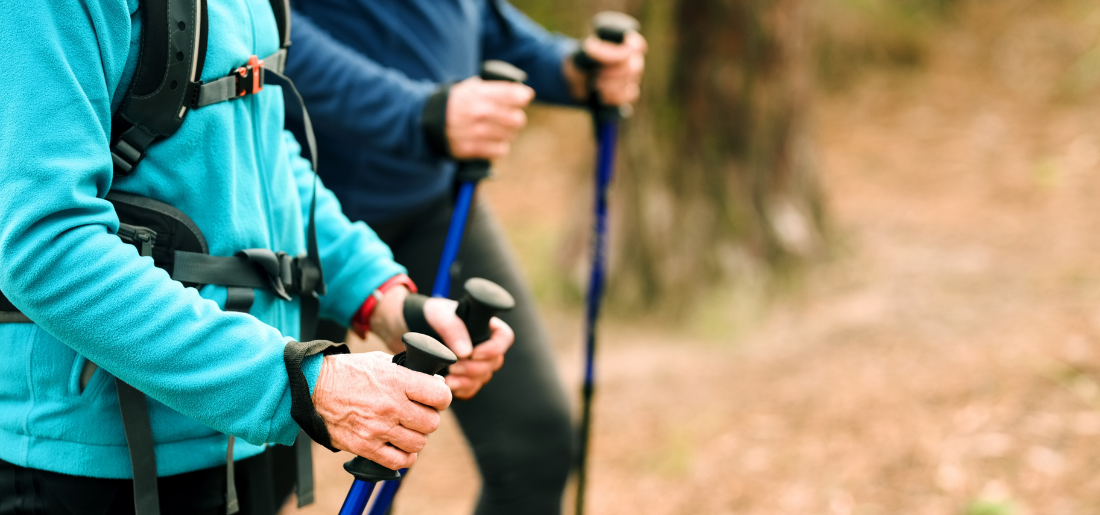
- Walking tops & trousers: We recommend walking trousers and shorts and quick-dry wicking t-shirts. These can be washed easily and will dry overnight and still look good for sightseeing or having a drink in town. Wicking T-shirts are fast drying, keep moisture away from your skin and are available at outdoor stores. You should also bring one pair of loose-fitting trousers to wear in cities and for evenings out, etc. Shorts or zip-off trousers are useful in warmer weather.
- Warm jacket, hat, gloves: Bring a fleece, Polartec or warm layers for the evenings especially in spring or autumn; be sure it is totally suitable for your needs. A fleece jacket which blocks the wind (Windstopper) is the most preferable. In the summer months a lightweight jacket is suitable for evenings. If you are walking in mountainous or coastal areas, even in the height of summer, the weather can change very quickly and unexpectedly and you should be prepared for fog, mist, rain, snow or hail at any time. Always take an extra layer with you, as well as a warm hat and gloves.
- Waterproof jacket & trousers: If you are caught in heavy rain, with good waterproof clothing you should remain dry. Remember that most garments will lose their properties over time. Few will remain waterproof for more than five years and many deteriorate in three years or less. We recommend a rain jacket with a good hood and good collar and trousers with a side zip (easier to get on quickly over boots).
¿What about a day pack?
If you are doing a circular route or have booked luggage transport, this is essential to carry your gear needed each day:
- A minimum capacity of 25 L is preferable, with a good hip harness
- Take plenty of water (at least 1,5 per person) and extra water if the weather is particularly windy or hot
- Route notes or map
- Fully charged smartphone or GPS
- Powerbank to charge phine battery (for long routes)
- Your trip voucher, if you have booked an organized tour
- First aid kit (evaluating the difficulty of the route)
- Packed lunch (nuts, fruit, knive, cup, ...)
- Small towel (if planing to swim)
- Sun cream & sun glasses
- Warm or sun hat, depending on the travel period
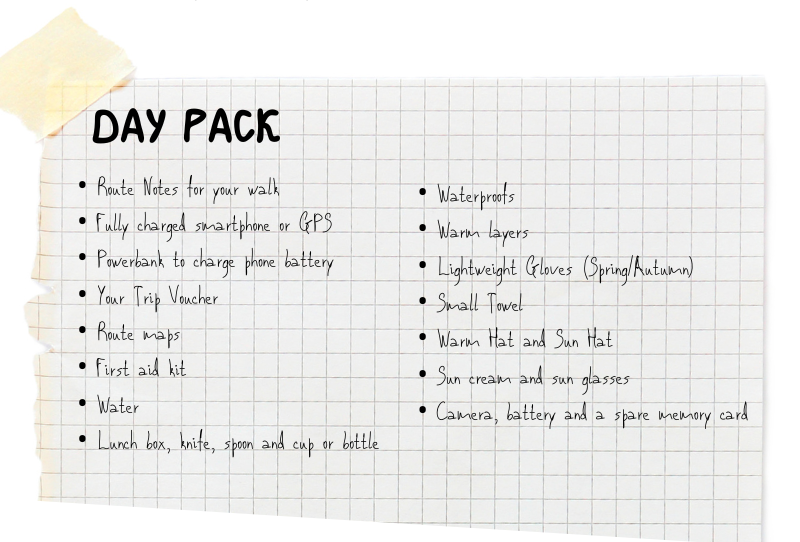
Marketing, Web & Design
After studying in my hometown of Barcelona and spending several years abroad, I relocated in 2018 to Cabrales, a beautiful rural area in Northern Spain. I invite you to check out some photos of Cabrales to see the incredible views we enjoy from our office!
After a few years in reservations, I now manage the website and marketing for S-Cape Travel, where I handle design tasks, blog writing, and attend specialized travel fairs.

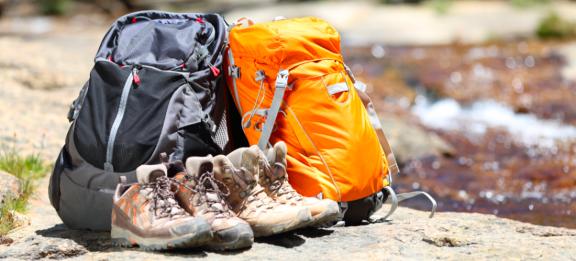
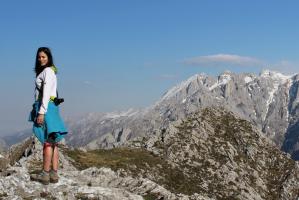





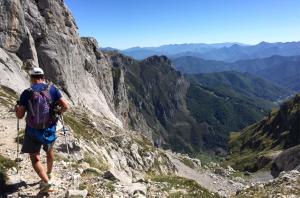





Opening hours: Mon-Fri 9:00am – 6:00pm (CET)
Opening hours: Mon-Fri 9:00am – 6:00pm (CET)